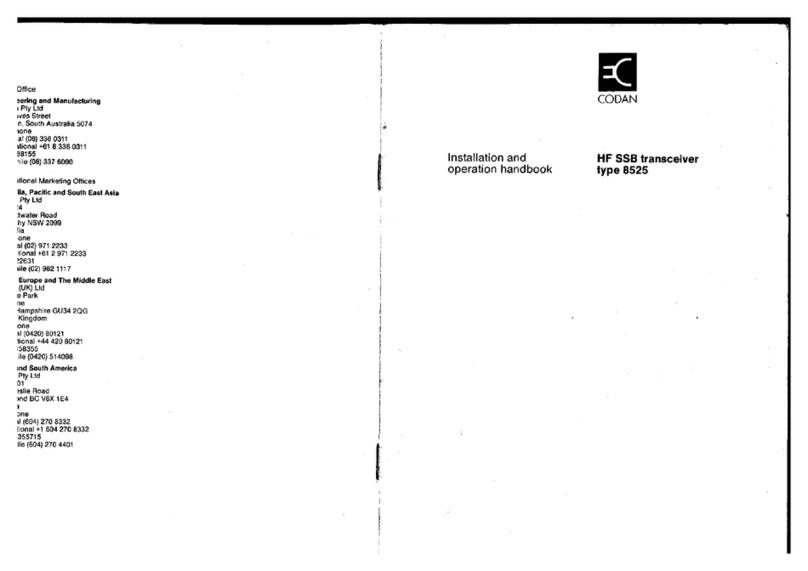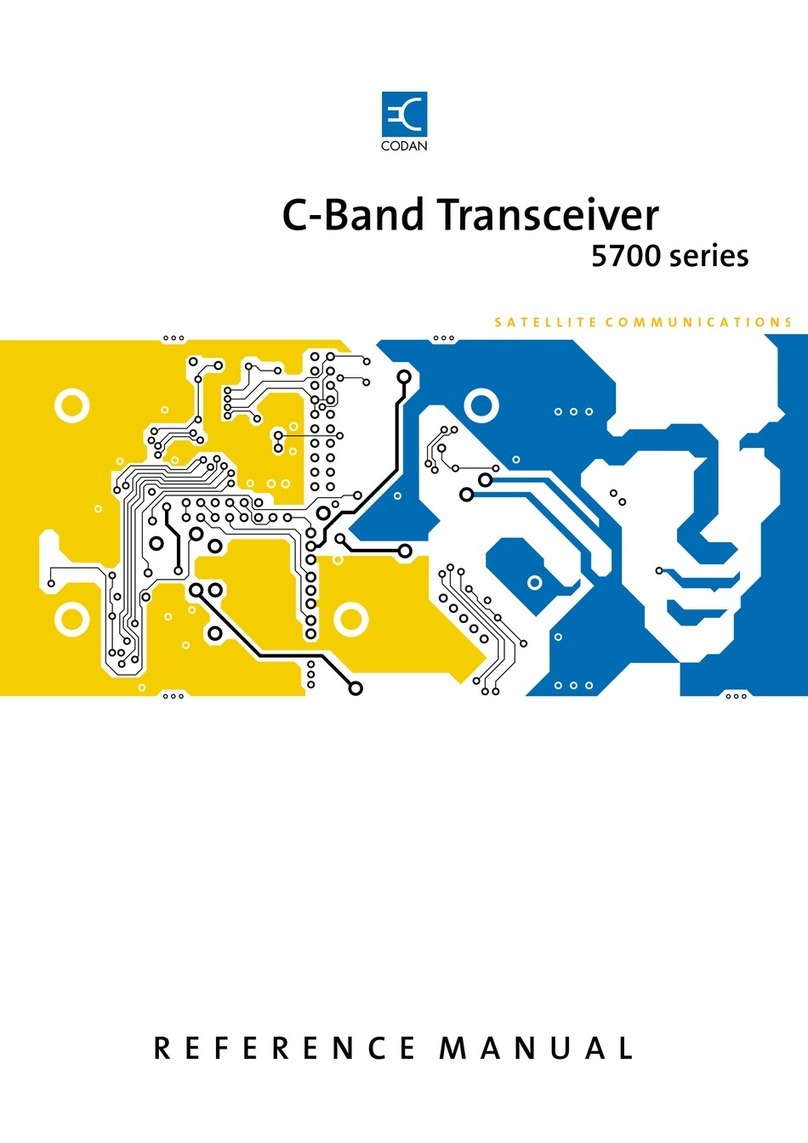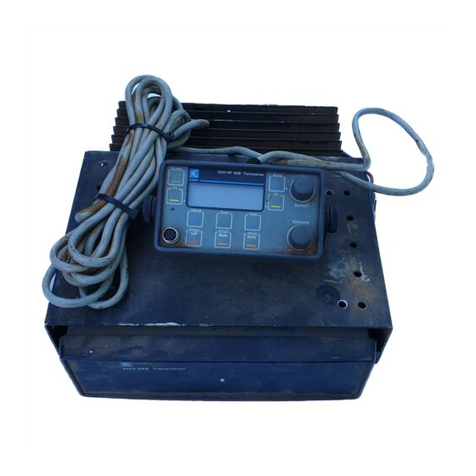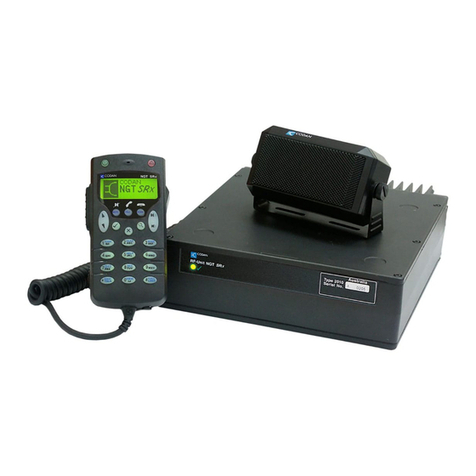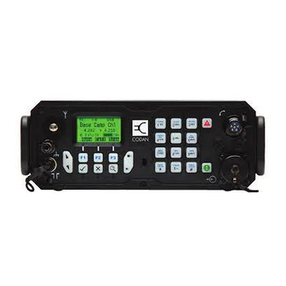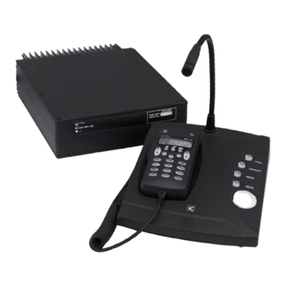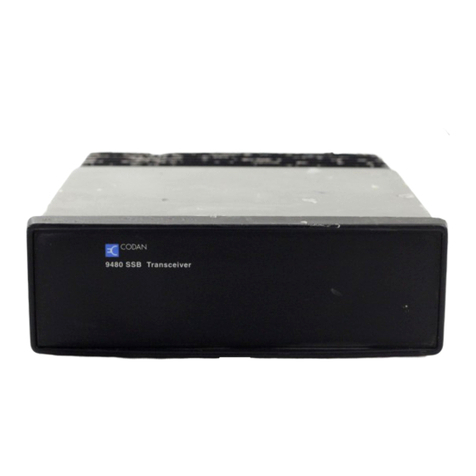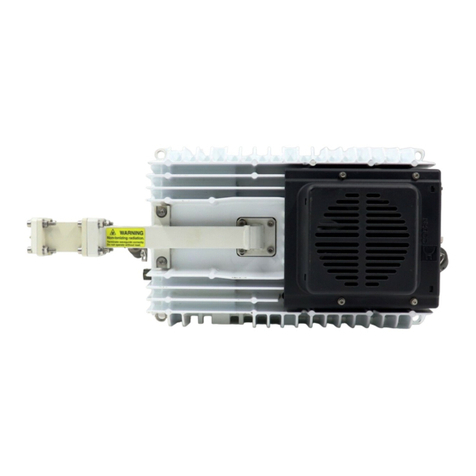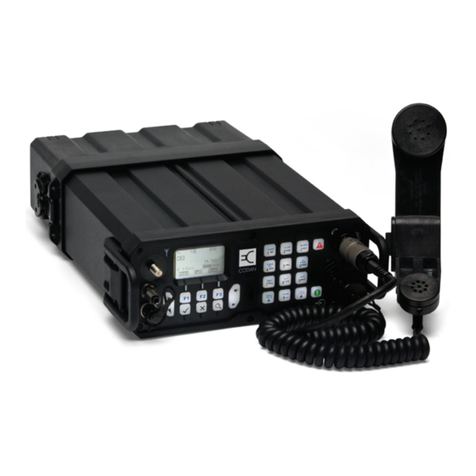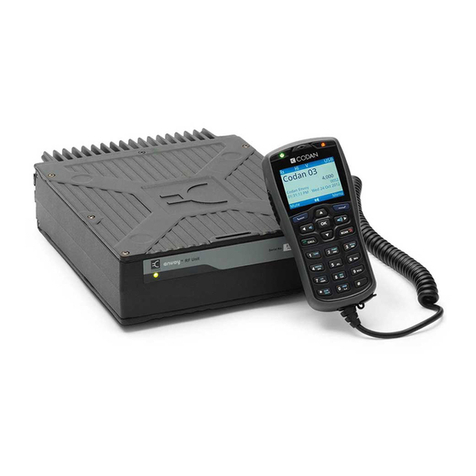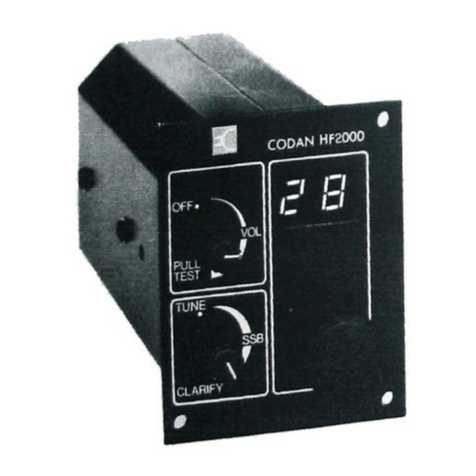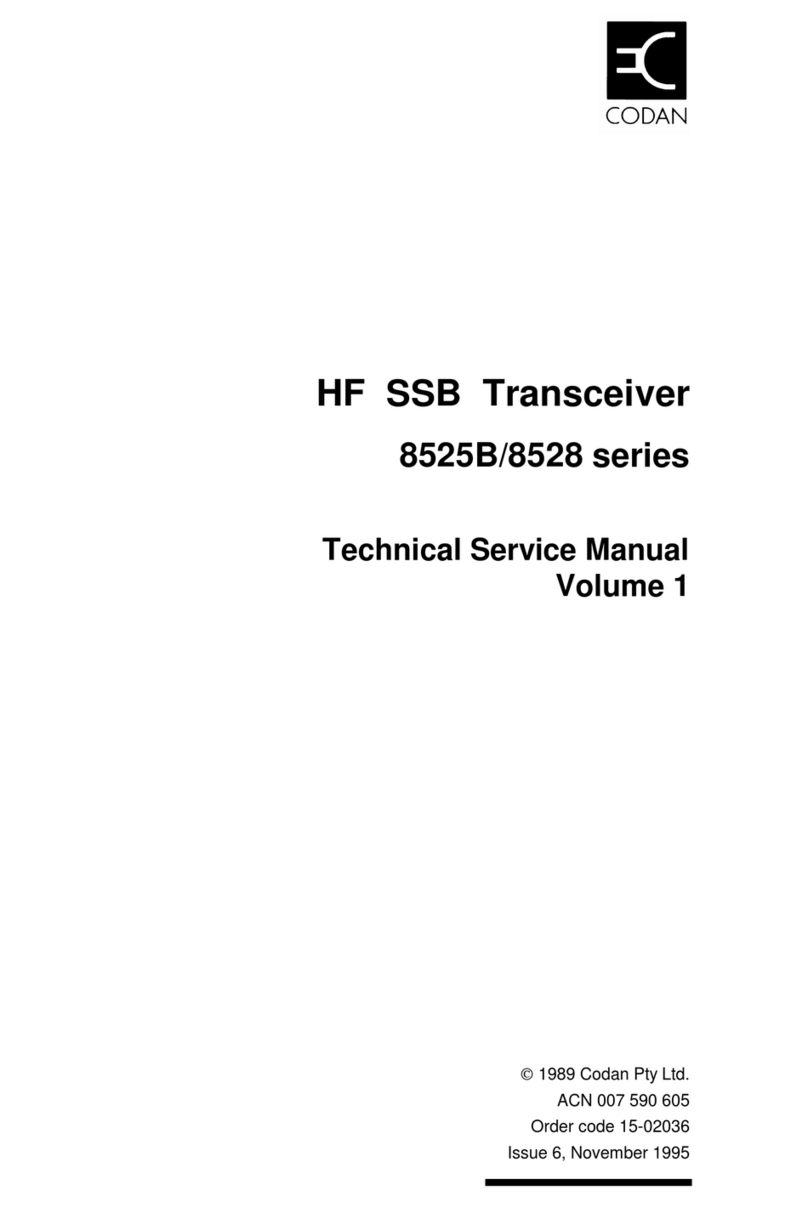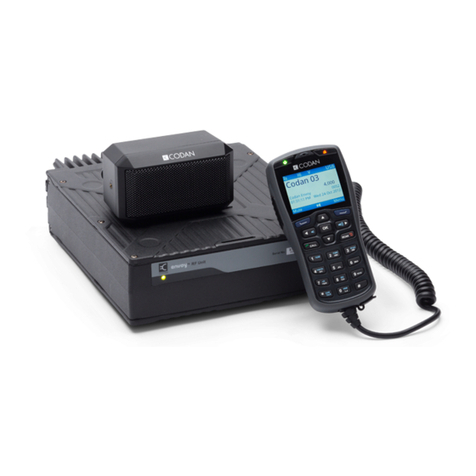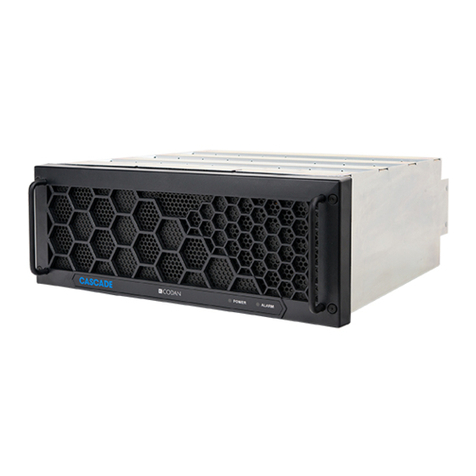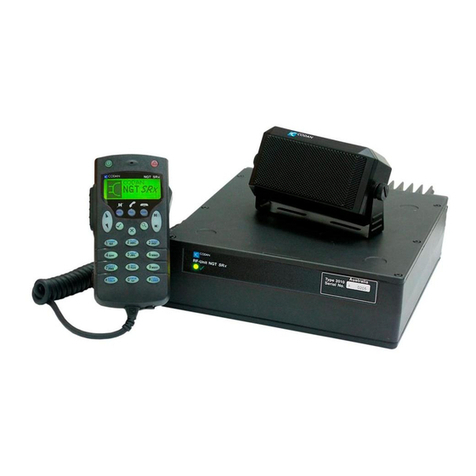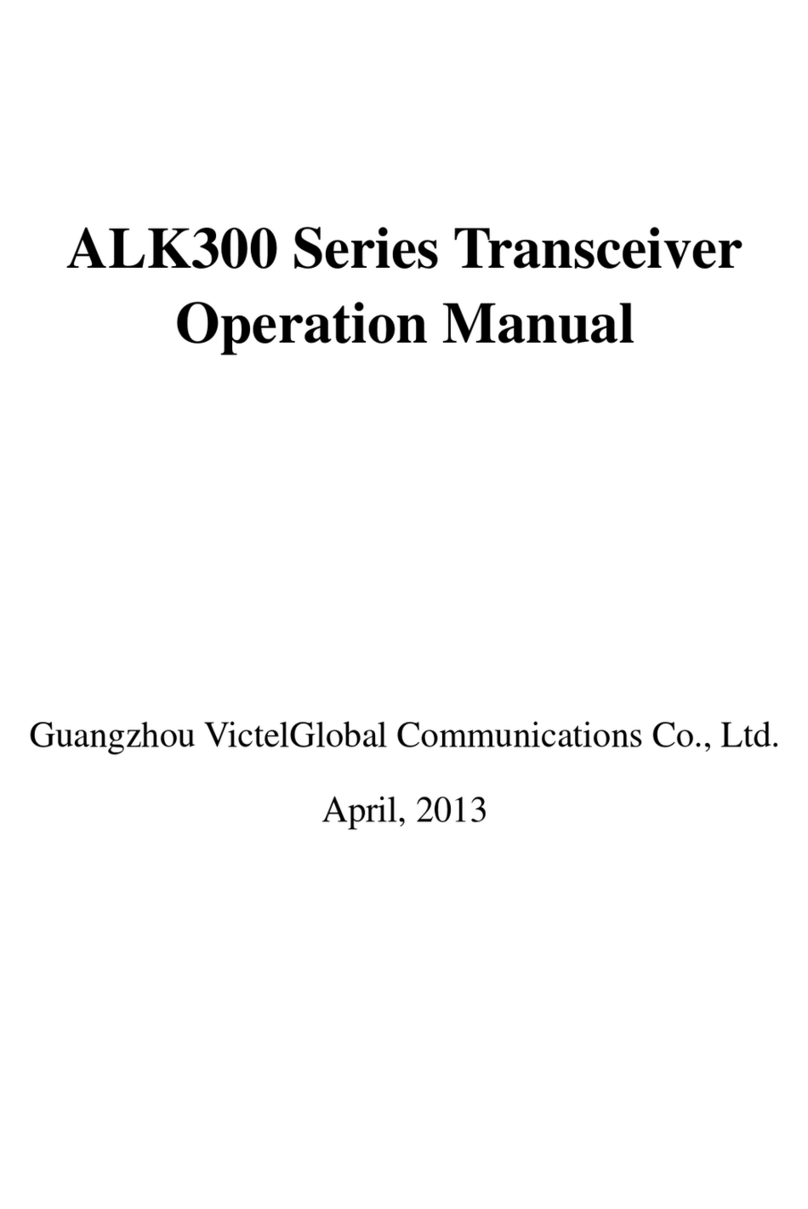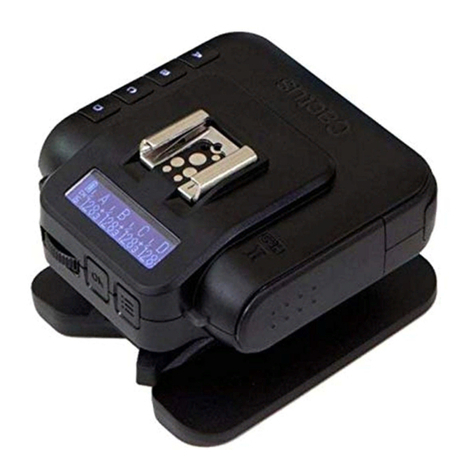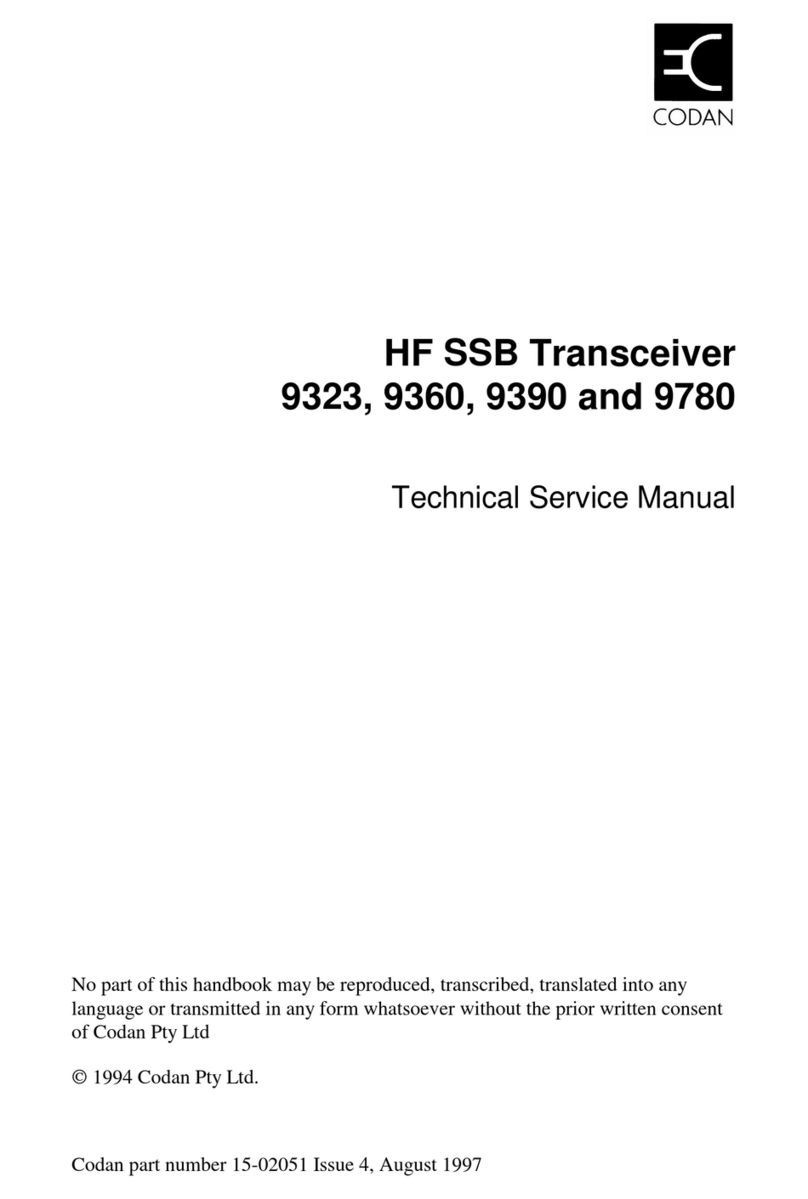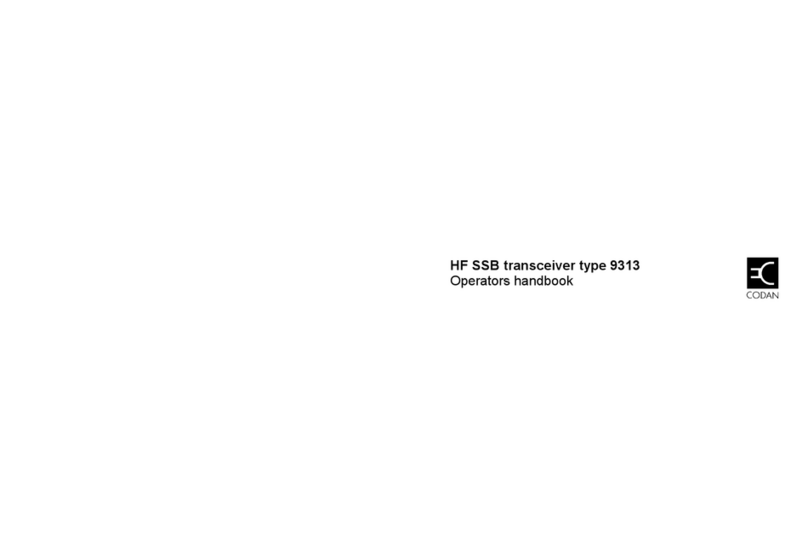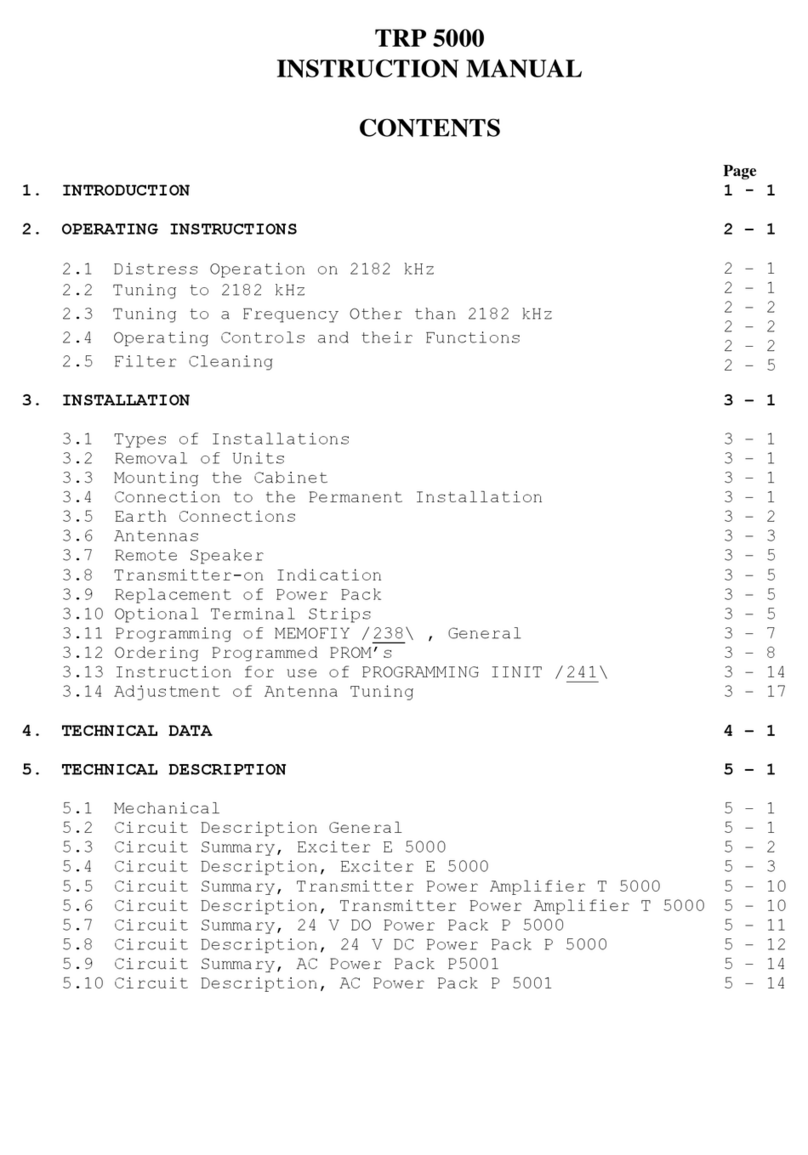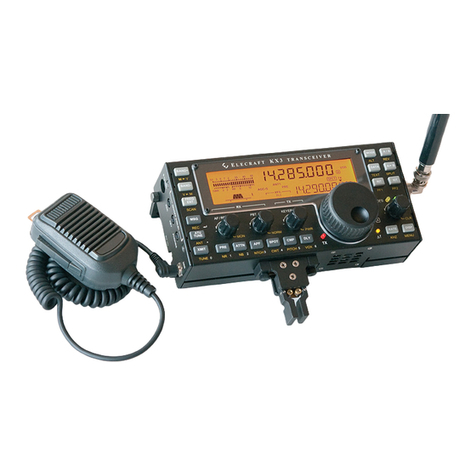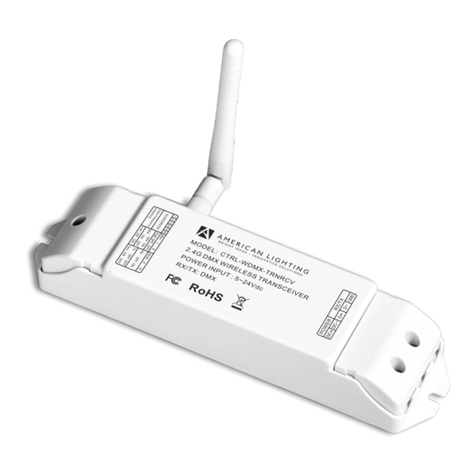Contents
ii HF SSB transceiver reference manual
ALE option settings ............................................................5-6
ALE sounding interval......................................................5-13
Beep loudness................................................................... 5-15
Call preamble length......................................................... 5-17
Call privacy on/off ............................................................ 5-19
Clock calibration............................................................... 5-21
Clock setting..................................................................... 5-23
Clone a transceiver ........................................................... 5-28
6 Setup procedures—part 2
Display brightness............................................................... 6-2
Display contrast..................................................................6-4
Display diagnostics on/off...................................................6-6
Display frequency ...............................................................6-8
Emergency selcall receive setup ........................................ 6-11
Emergency selcall transmit setup ...................................... 6-15
Free-Tune Receiver mode availability on/off ..................... 6-19
GPS display on/off............................................................ 6-21
GPS timeout on/off ........................................................... 6-23
7 Setup procedures—part 3
Page call canned message setup ..........................................7-2
Password entry to enable transceiver options....................... 7-5
Power up message on/off................................................... 7-10
Power up mute setting....................................................... 7-13
Power up address display on/off ........................................ 7-16
PTT release beep on/off..................................................... 7-18
PTT transmit cutout.......................................................... 7-20
Recall channels by frequency on/off .................................. 7-22
RF gain on/off................................................................... 7-24
RS-232 connected equipment............................................ 7-26
RS-232 connection baud rate............................................. 7-29
Contents
ii HF SSB transceiver reference manual
ALE option settings ............................................................5-6
ALE sounding interval......................................................5-13
Beep loudness................................................................... 5-15
Call preamble length......................................................... 5-17
Call privacy on/off ............................................................ 5-19
Clock calibration............................................................... 5-21
Clock setting..................................................................... 5-23
Clone a transceiver ........................................................... 5-28
6 Setup procedures—part 2
Display brightness............................................................... 6-2
Display contrast..................................................................6-4
Display diagnostics on/off................................................... 6-6
Display frequency ...............................................................6-8
Emergency selcall receive setup ........................................ 6-11
Emergency selcall transmit setup ...................................... 6-15
Free-Tune Receiver mode availability on/off ..................... 6-19
GPS display on/off............................................................ 6-21
GPS timeout on/off ........................................................... 6-23
7 Setup procedures—part 3
Page call canned message setup ..........................................7-2
Password entry to enable transceiver options....................... 7-5
Power up message on/off................................................... 7-10
Power up mute setting....................................................... 7-13
Power up address display on/off ........................................ 7-16
PTT release beep on/off..................................................... 7-18
PTT transmit cutout.......................................................... 7-20
Recall channels by frequency on/off .................................. 7-22
RF gain on/off................................................................... 7-24
RS-232 connected equipment............................................ 7-26
RS-232 connection baud rate............................................. 7-29
